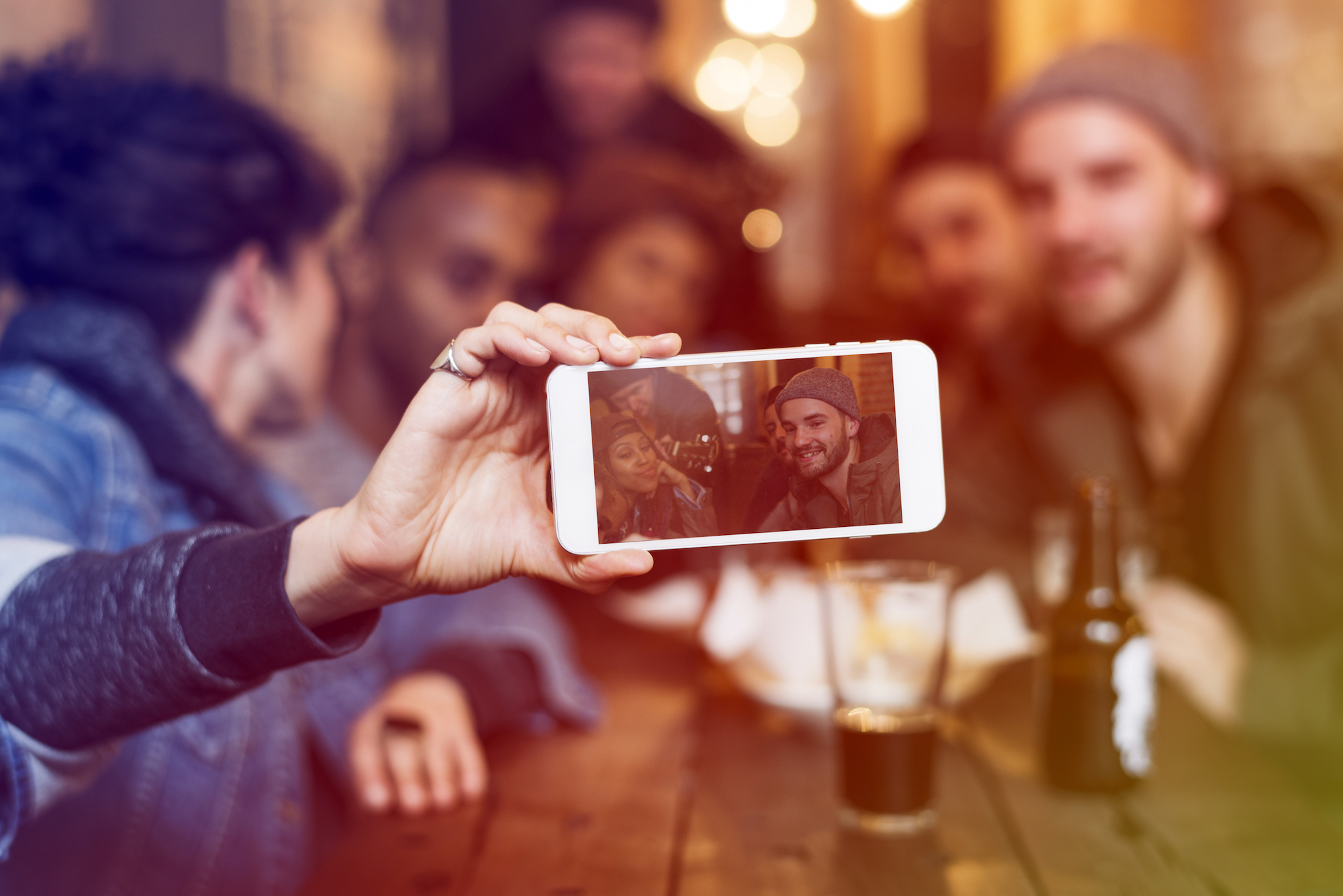
I love my Friday morning commute. Traffic is lighter, the weekend is near, and I get 10 minutes of pure, unadulterated, intellectual bliss when I listen to Two Guys on Your Head on NPR. For those of you not familiar with this treasure, Dr. Art Markman and Dr. Bob Duke, both psychologists and professors at UT, apply their studies of the human mind, emotion, neuroscience, and the like, to all sorts of things having to do with every day life. It’s often the best 10 minutes of my week.
One of last week’s lessons was a gem: “What Does Picture Taking Do To Memory?”. Their basic thesis is that the act of taking a photo imprints a memory on your brain and, upon seeing the photo again, your memory recalls the emotion and the feeling you had when you were taking the photo. OK, this isn’t a huge a-ha, I agree. But, they went on to explain that the memory was not tied to the photo itself, but instead, tied to the level of engagement you had at the time you took the photo. The fact that you were engaged with a person or a place enough to take a photo implies you were paying attention to it. It is this “attention factor” that leaves a longer lasting imprint on the brain.
So, what happens now that we all have phones in our pockets and the selfie is an every-10-seconds event? Are we still connected to the experience behind that photo? And, more importantly, is it commanding the attention required to leaving that imprint on our memory? Two Guys on Your Head says maybe not. Their hypothesis is that as photo taking has become more rote, it commands less attention and, therefore, leaves less of an imprint on your memory. All of the physical and mental tasks involved in taking a photo — lining people up, making sure everyone is smiling with their eyes open, getting it into focus, and capturing the full scene — contribute to the attention factor, and that is what creates the memory and releases the “feel good” endorphin when the photo is recalled.
All of this is fascinating, and I could have listened for another hour, but it got me thinking — what does this mean for visual content and its usage by brands and retailers? Are selfies of other people (that are attached to someone else’s memory instead of your own) all that effective in promoting marketing messages or getting consumers to buy something? Do they have value to anyone else?
All of the research suggests that they do, but WHY? I would argue that the value of consumer-generated visual content is that the photos and videos can trigger your shoppers’ own memories. When they see another customer’s photo of a product, they are reminded of those great pink shoes they had, the fun wedding they were at last summer, or their own 5-year-old’s cute birthday dress. That’s why they engage with it. Authentic visual content is not the next great replacement for advertising — it’s the next great replacement for a past experience or memory. And that makes it a powerful form of marketing. Honda recently ran an ad during the Super Bowl that utilized visual storytelling to connect old yearbook photos with celebrities sharing their stories of chasing their dreams. According to AdAge, it was one of the highest rated commercials of this year’s Super Bowl. I have to admit, I loved it too. While I don’t really care about Steve Carrell’s yearbook photo, I do have pleasant memories of my own high school days. Memory = attention. And in the race for attention, marketers are wise to think about the powerful connection between images and memory.
I’m no doctor, and I have no research to support this (other than the Two Guys on My Head episode), but it makes sense doesn’t it? In a technology-addled world, people are craving an authentic connection, craving a “feel good” moment of their own. If the trigger for it is somebody else’s feel good memory, that works too. That’s why photos and videos are so powerful in this race for attention, and why every brand marketer needs to be thinking about how to use visual content for impactful purpose.



